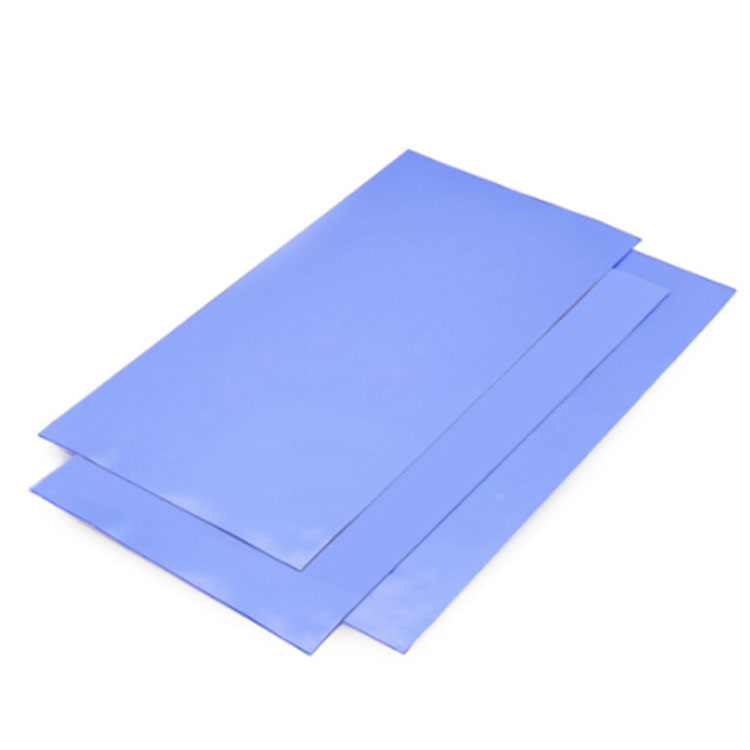LCP non-woven fabric copper plating is a new type of composite material that combines LCP non-woven fabric with copper chemical plating technology to form metalized non-woven fabric with excellent performance. This article will introduce the principle, preparation, properties, and applications of copper plating on LCP non-woven fabric.
1、 Principle
LCP non-woven fabric copper platingThe principle is to use chemical plating technology to form a layer of metallic copper on the surface of LCP non-woven fabric, giving it conductivity and metallization properties. Chemical plating is a process of depositing metal ions on a metal surface. Its principle is to use electrochemical reactions to reduce ionized metal to metal atoms on the electrode surface and deposit them on the electrode surface. The process of copper plating on LCP non-woven fabric can be divided into surface treatment, electrolyte preparation, electrolysis process, cleaning, and drying steps. During the surface treatment process, it is necessary to clean, remove dirt, oil, and oxidize the surface of LCP non-woven fabric to improve its roughness and surface energy, and increase the adhesion between metal and LCP non-woven fabric surface. In the process of electrolyte preparation, it is necessary to select appropriate electrolytes, additives, and electrolysis conditions to control the speed, uniformity, and quality stability of the electrolysis process. During the electrolysis process, it is necessary to place the processed LCP non-woven fabric as the anode into the electrolysis cell, and at the same time, deposit copper ions from the electrolyte on the surface of the LCP non-woven fabric through electrolysis reaction, forming a layer of metallization. During the cleaning and drying process, it is necessary to clean the surface of the treated metallized LCP non-woven fabric, remove electrolyte and impurities, and dry and stabilize its surface through drying and other methods.

2、 Preparation
The preparation process of copper plating on LCP non-woven fabric requires strict control of electrolysis conditions and parameters such as electrolyte composition and concentration to ensure the quality and uniformity of the metallization layer. Generally speaking, the preparation process of copper plating on LCP non-woven fabric includes the following steps:
- Surface treatment: Clean, stain, degrease, and oxidize the surface of the LCP non-woven fabric to improve its roughness and surface energy.
- Electrolyte preparation: Select appropriate parameters such as electrolyte, additives, and concentration based on different LCP non-woven fabric materials and electrolysis conditions to ensure the speed, uniformity, and quality stability of the electrolysis process.
- Electrolytic process: Place the processed LCP non-woven fabric as the anode into the electrolytic cell, and deposit copper ions from the electrolyte on the surface of the LCP non-woven fabric through electrolytic reaction, forming a layer of metallization.
- Cleaning and drying: Clean and remove electrolyte and impurities from the surface of the treated metallized LCP non-woven fabric, and dry and stabilize its surface through drying and other methods.
3、 Performance
The performance of copper plating on LCP non-woven fabric depends on factors such as the thickness and uniformity of the LCP non-woven fabric substrate and the metal copper layer. Generally speaking, the metal copper layer plated with copper on LCP non-woven fabric has excellent properties such as conductivity, corrosion resistance, oxidation resistance, wear resistance, and high temperature resistance, which can effectively improve the application performance and service life of LCP non-woven fabric. The thickness of the copper layer is generally between 5-20 microns and can be adjusted according to different application requirements. The uniformity and adhesion of the metal copper layer are also important indicators for evaluating the quality of copper plating on LCP non-woven fabrics.
4、 Application
LCP non-woven fabric copper plating has been widely used in fields such as electronics, communication, automotive, aerospace, and medical. In the field of electronics, LCP non-woven fabric copper plating can be used in printed circuit boards, flexible circuit boards, wearable devices and other fields to improve electronic performance.





